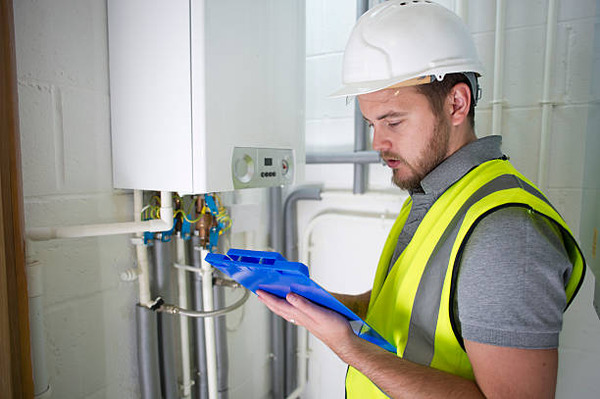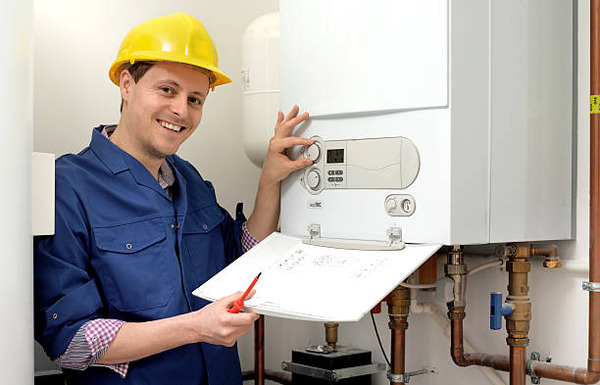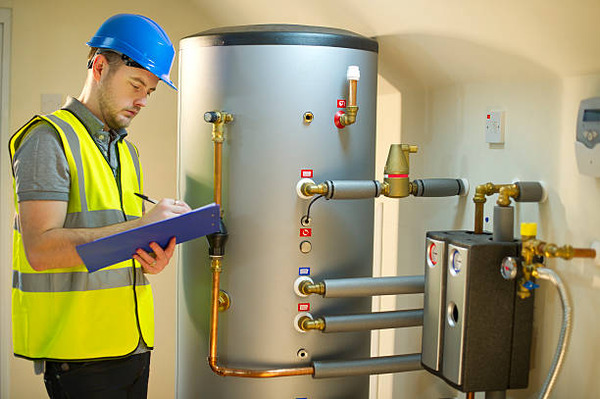When it comes to installing a furnace in your home, one important consideration is the minimum room size required for proper operation and safety. A furnace needs adequate space to function efficiently and ensure proper airflow.
In this informative blog post, presented by Sentral HVAC & Plumbing, a trusted provider of home maintenance services in Mississauga, Oakville, Burlington, Milton, Etobicoke, Brampton, Toronto, and Hamilton, we will explore the minimum room size requirements for furnaces and provide essential information to help you make informed decisions.
Why Room Size Matters
The size of the room where your furnace is installed plays a crucial role in its performance and overall safety. Insufficient room size can lead to several issues, including:
Restricted Airflow: A furnace requires proper airflow to operate efficiently. If the room is too small, the furnace may not receive sufficient air intake or have enough space for the exhaust gases to disperse, leading to reduced efficiency and potential safety hazards.
Overheating: Inadequate room size can result in the furnace overheating. Furnaces generate heat during operation, and if there is insufficient room for the heat to dissipate, it can lead to malfunctions, premature wear and tear, or even pose a fire hazard.
Safety Concerns: A cramped room can hinder access to the furnace for maintenance and repairs. Additionally, if the furnace is not installed with the recommended clearances, it can increase the risk of accidents or injuries.
Considering these factors, it is crucial to determine the minimum room size required for your furnace installation.
Factors Affecting Minimum Room Sizea
Several factors influence the minimum room size for a furnace. These factors include:
Furnace Type and Size
Different types and sizes of furnaces have varying room size requirements. For instance, a smaller furnace may require less space compared to a larger, high-capacity furnace. It is essential to consult the manufacturer’s specifications or seek guidance from a professional HVAC technician to determine the specific room size requirements for your furnace model.

Fuel Type
The type of fuel used by the furnace can impact the room size requirements. For example, gas and oil furnaces require proper ventilation to ensure the safe combustion of fuel and proper exhaust. Adequate room size allows for the appropriate intake of combustion air and the safe expulsion of combustion byproducts.
Clearances and Safety Codes
To ensure safe operation and maintenance, furnaces must be installed with the recommended clearances as per local building codes. Clearances refer to the minimum distances required between the furnace and combustible materials, such as walls, floors, and ceilings. Adhering to these clearances helps prevent fire hazards and ensures proper airflow around the furnace.
Determining the Minimum Room Size
While the specific minimum room size requirements may vary depending on factors mentioned above, there are general guidelines to consider. Here are some steps to help you determine the minimum room size for your furnace:
Consult the Furnace Manual
The manufacturer’s manual or specifications sheet for your furnace model is an invaluable resource. It provides detailed information about the recommended clearances, ventilation requirements, and any specific room size recommendations. Review the manual carefully to understand the manufacturer’s guidelines.
Measure the Furnace Dimensions
Measure the dimensions of your furnace, including its width, height, and depth. These measurements will help you determine the clearances required around the furnace for safe operation and maintenance.
Consider Ventilation Requirements
Proper ventilation is vital for the safe operation of a furnace. Ensure that the room has adequate ventilation to supply combustion air and allow for the safe expulsion of exhaust gases. If the room is too small or lacks proper ventilation, consult an HVAC professional for guidance on ventilation solutions.
Account for Clearances
Consider the recommended clearances provided by the manufacturer and local building codes. Allow sufficient space around the furnace for maintenance, repairs, and proper airflow. Ensure that there is ample clearance between the furnace and any combustible materials.

Seek Professional Advice
When in doubt, it is best to consult with a qualified HVAC technician. They can assess your specific situation, consider all relevant factors, and provide expert guidance on the minimum room size requirements for your furnace.
Determining the minimum room size for a furnace is crucial for its optimal performance, efficiency, and safety. By considering factors such as furnace type and size, fuel type, clearances, and ventilation requirements, you can ensure that your furnace operates safely and efficiently.
If you need assistance with furnace installation, maintenance, or repairs in Mississauga, Oakville, Burlington, Milton, Etobicoke, Brampton, Toronto, or Hamilton, trust the expertise of Sentral HVAC & Plumbing. Our team of skilled professionals can help you make informed decisions and ensure the proper functioning of your furnace. Contact us today for reliable home maintenance services.



